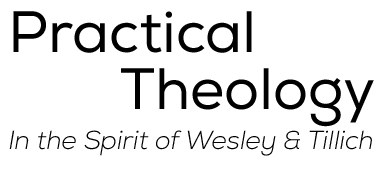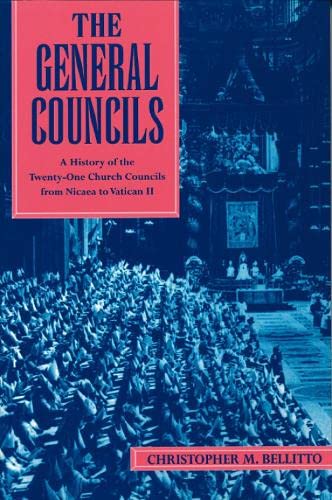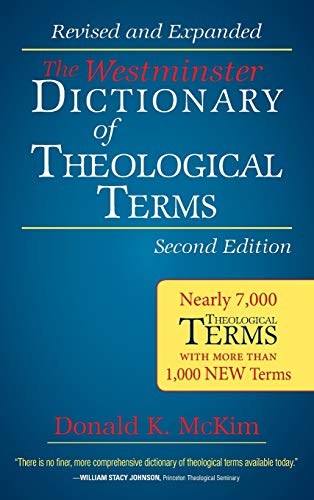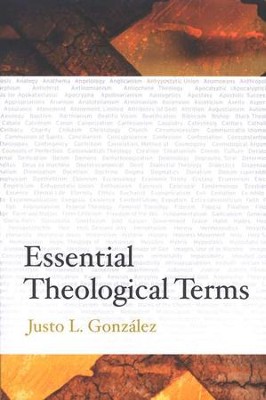Timeline: The Ecumenical Councils
Timeline
All of our timelines are, essentially, works in progress. That said, unlike many of our other timelines, this one is unlikely to change (unless the Pope convenes a new council).
Originally created as I was preparing material for a class on Christology (at a Protestant school of theology), this is a listing of the twenty-one Ecumenical Councils of the Catholic Church. The focus was more on Christological developments than anything else, but other outcomes are sometimes noted as well. There were other councils (i.e. Basel in 1431, Orange in 529), synods (i.e. Antioch in 268, Zaragoza in 380), and gatherings (i.e. the Presbyters of Smyrna), as well as rulings and writings by secular and Church leaders (i.e. Jerome, Irenaeus, Emperor Theodora II) – and papal bulls – which condemned heretical teachings through the centuries.
For more helpful definitions and information, scroll down below the timeline.
Definitions and Notes
A very helpful resource for theological definitions is The Westminster Dictionary of Theological Terms (now in its second edition) by Donald McKim (Presbyterian Publishing Corporation, 2014). Some of our definitions draw on this resource. For more information, please visit the bottom of this page.
Antipope is defined as a “figure who opposes and claims to supersede the bishop of Rome as pope. A number of antipopes have been rejected by the Roman Catholic Church through the centuries.” (McKim)
Convened (as we are using the term) indicates the actual convening of the council meeting by the person presiding.
Convoked indicates the person who officially called for the council to meet. This is generally not the same person who presided over the proceedings.
Filioque, a term that was added to the Niceno-Constantinopolitan Creed by only the Western Church following the First Council of Constantinople in 381, literally means “and the Son” in Latin. The Niceaen Creed (First Council of Nicaea, 325) ended with the affirmation of belief in the Holy Spirit; the Niceno-Constantinopolitan Creed added wording about the Spirit “proceeding from the Father.” The filioque was added to the Niceno-Constantinopolitan Creed by the Western Church only, so the Holy Spirit was seen as proceeding from the Father and the Son; the Eastern Church regarded the Holy Spirit as proceeding from the Father. This Filioque Controvery (an area of study unto itself) continued for centuries, resulting in ongoing questions of the orthodox position as well as anathemas issues from both the Western and Eastern Churches. It most notably resurfaced, in terms of the sequence of councils provided in this timeline, during the brief reunification of the Eastern and Western Churches following the Second Council of Lyons in 1274.
Lateran refers to the four councils which were held in a particular location – the Lateran Palace in Rome.
The first seven ecumenical councils (in date order: Nicaea I, Constantinople I, Ephesus, Chalcedon, Constantinople II and III, and Nicaea II) are accepted by both the Roman Catholic and the Eastern Orthodox as legitimate councils. All seven (and one more, Constantinople IV) were held prior to the Great Schism of 1054, where the final split – which had been simmering for centuries – occurred. This timeline does not attempt to depict the reasons for the split, although there are anecdotes contained within it that point to the eventual separation.
What is a council, and what makes a council ecumenical: councils are gatherings of theologians and others who are called together to consider matters of church doctrine. In the Catholic Church, councils are considered ecumenical once the results of the council are approved by a pope. Note that the sitting pope doesn’t need to be in attendance (and, at times, there were multiple popes at the same time); early in the history of the Church, councils were convoked by what we would now consider secular authorities – that is, emperors and the like. At that time, the Catholic church and the secular government were deeply intertwined, and there were often struggles for power between the two.
This timeline provides a high-level overview of the councils. Significantly more detail may be found in a curated series of articles on Wikipedia, starting with the article on the First Council of Nicaea; note that the right-hand column of each page provides a link to the next council.
Overall numbering of the ecumenical councils is based on the Catholic Church numbering system.
Books – The General Councils
There are a variety of online and printed sources regarding the General Councils. One that I find particularly helpful is The General Councils: A History of the Twenty-One Church Councils from Nicaea to Vatican II by Christopher M. Bellitto.
Online sources include a helpful page at Catholic Online and New Advent.
No sources are going to be perfect; some of the councils spent months or years considering complicated theological issues (often amid complicated interpersonal relationships), but there are also helpful resources for individual councils as well.
Please note: book links are monetized (feel free to click through to purchase them – you will help support the site).
Theological Dictionary
As noted above, one very helpful source for understanding the language of theology, church history, and more is The Westminster Dictionary of Theological Terms, Second Edition: Revised and Expanded by Donald K. McKim. I’ve depended on this book since its first edition released (1996); the second edition (2014) is a worthy update.
Please note: book links are monetized (feel free to click through to purchase them – you will help support the site).
Another Theological Dictionary Option
Essential Theological Terms by Justo L. González provides a different approach to theological language. There are fewer terms defined, but the terms tend to be more fully explained in their theological and/or historical contexts. Anything from Dr, González is likely to be very helpful and thorough, particularly in terms of providing insights into historical context.
See also his books Church History: An Essential Guide and Introduction to Christian Theology for accessible introductory-level resources.
Please note: book links are monetized (feel free to click through to purchase them – you will help support the site).




